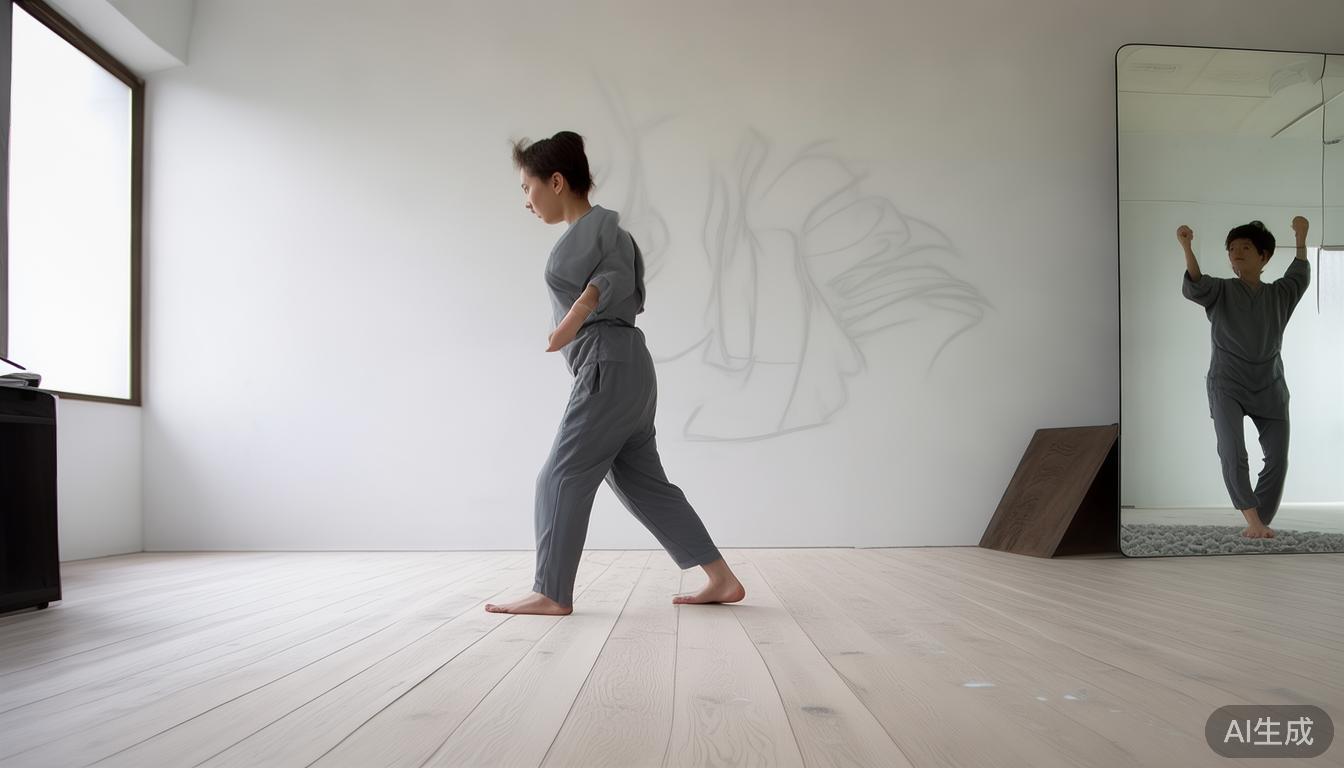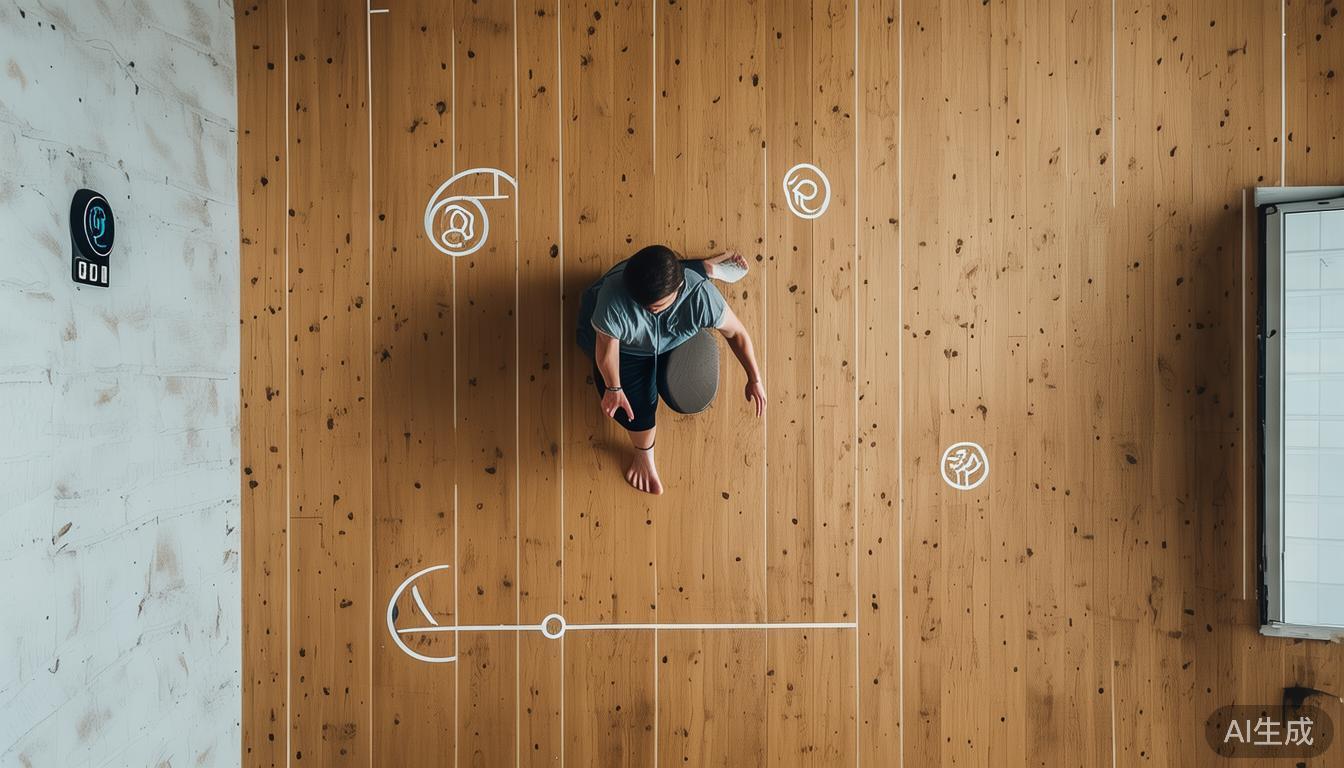Having practiced Tai Chi for many years, I deeply feel that footwork is not only the basis of movements, but also a very important bridge connecting the body, mind, and heaven and earth. Calm footwork can allow Qi and blood to flow smoothly, and can help us find inner balance in a fast-paced life. Today I want to share several key points with you, hoping to help beginners avoid some detours.
The core essentials of Tai Chi footwork
Follow the Tai Chi footwork requirements of "stepping like a cat". You must maintain a stable center of gravity when moving. Many people are particularly prone to raising their feet in a hurry when doing this, causing the body to sway. The correct method should be as slow as nudging a millstone. To shift the center of gravity, the front foot touches the ground as if it is stepping on thin ice, and the back foot is as solid as a tree root deeply rooted in the soil. I often remind students to pay attention to keeping the knees and toes in the same direction. This detail can effectively protect the joints, and at the same time, it can also enhance the strength of the lower body.
How to avoid common footwork mistakes

Beginners often have problems such as the stride length is too large, which will strain the inner thigh muscles, and the stride length is too small, which makes it difficult to form effective support. It is recommended to practice tai chi steps in front of the mirror to observe whether the crotch is relaxed and whether the steps are as natural and coherent as a stream flowing over pebbles. Special attention should be paid to avoid the "double" problem, that is, the two legs share the weight equally, which will make the turn stiff. Keeping the virtual and the real clear can achieve the effect of "four or two lifting a thousand pounds".
Coordination method of footwork and breathing
The essence of Tai Chi lies in the coordination of breathing and footwork. When moving forward, you should do it in conjunction with exhalation. When retreating, you should do it with inhalation. In this way, the movements will have a rhythm like the tide. When I teach, I am used to asking students to imagine holding balloons in their hands. Tai Chi Online , you won’t feel any effort when pushing it out, and when you retract it, it’s like holding a flowing cloud. After three months of continuous practice, most students can feel their hands and feet feel warm and have a full sense of Qi in their Dantian, which just proves that the Qi and blood are flowing smoothly.

Daily training to improve footwork stability
In addition to routine exercises, you can also perform one-leg standing training on weekdays. At first, stand on a flat ground with your eyes closed for one minute Tai Chi Courses Online . After you get more advanced, you can start practicing on a sofa cushion. I do this exercise under the pine trees in the park every morning to feel the subtle touch of the dialogue between the soles of my feet and the earth. Another effective method is to walk backwards, which can enhance spatial awareness and is particularly beneficial for the elderly to prevent falls.
During the training process, boxing friends, have you ever encountered a confusing situation where a certain movement is always not subtle? Please share your insights in the comment area. If you feel that this experience has a helpful effect, then give it a like and support so that more fans can see it. , , .


